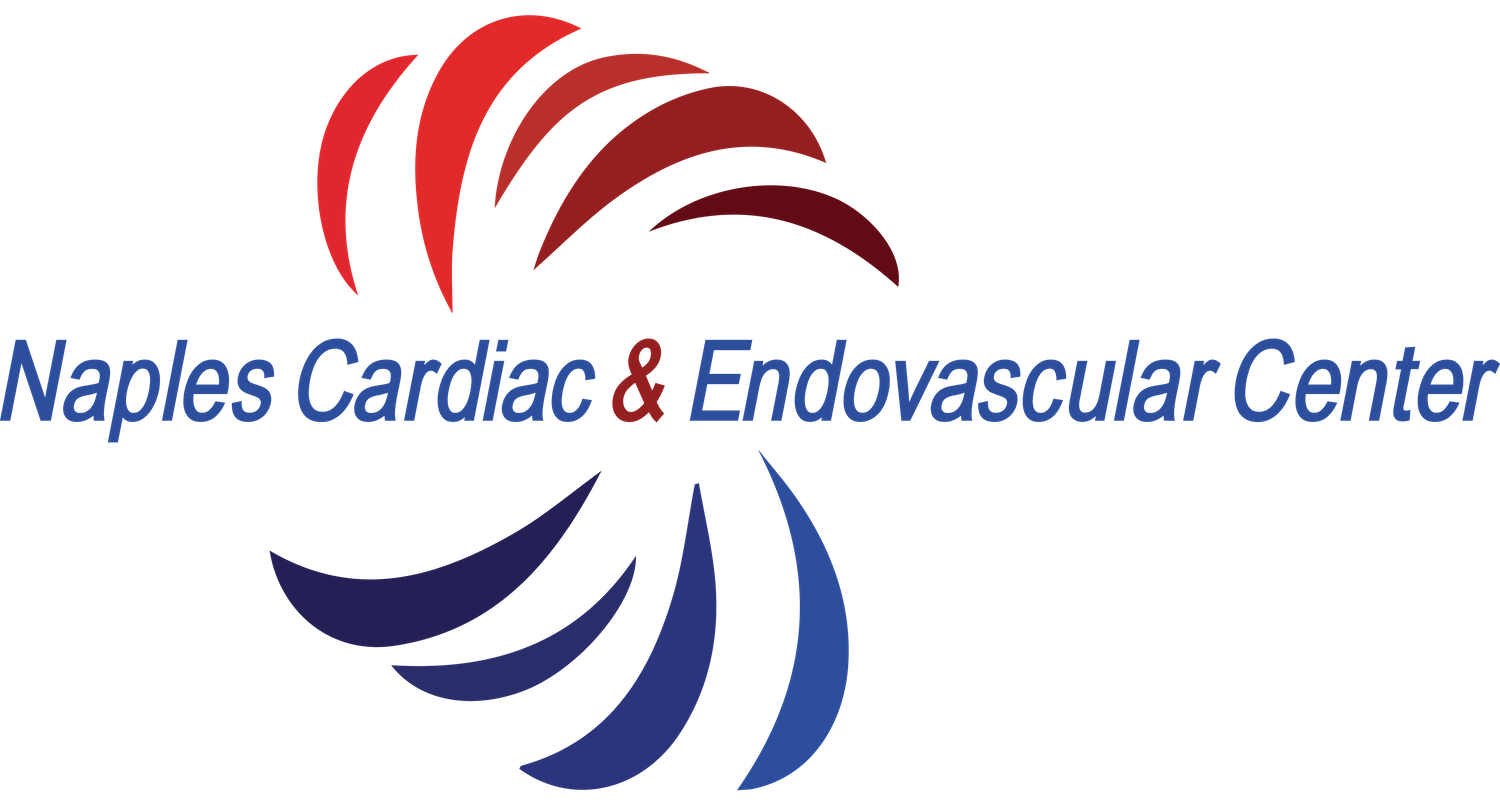What is a transthoracic echocardiogram (TTE)?
An echocardiogram (ECHO) creates an image of your heart using sound waves (ultrasound). The recorded waves indicate the shape, texture, and movement of your heart valves, as well as the size and function of your heart chambers.
Dr. Arthur Labovitz explains how an echocardiogram works and how it is used to diagnose and treating heart disease.
Why is it done?
An ECHO can be used to diagnose a range of cardiac diseases, including heart murmurs, heart muscle damage in those who have had a heart attack, and heart infections. It may also be advised if you have irregular heartbeats, shortness of breath, palpitations, angina (chest pain), or a history of stroke. It is extremely helpful in the diagnosis of heart valve issues.
What can you expect during an echocardiogram?
A gel is applied to your chest to aid in the transmission of sound waves, and a transducer (a unit that directs sound waves) is moved over your chest. There is no pain or discomfort associated with this examination. A normal test lasts between 15 and 45 minutes.
How to prepare for a TTE?
The TTE requires no extra preparation. If you have any concerns, it is recommended to contact our testing center for detailed advice on how to prepare.
After the procedure
You should be able to go home right away. You can immediately resume your normal activities.
A TEE may be recommended by your provider if:
The regular (or TTE) is ambiguous.
Uncertain findings might be the consequence of your chest shape, lung illness, or extra body fat.
A specific part of the heart must be examined in more depth.
To request an appointment click below or call (239) 300–0586


